Carbon nanotube products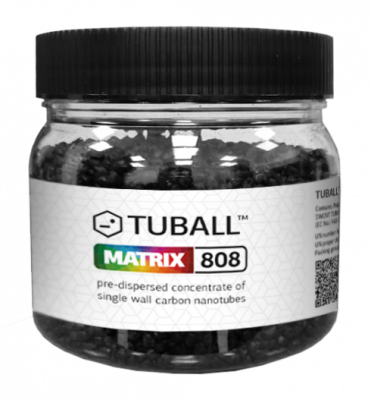


Packaging
Jar 0.4 L (up to 100 g)
Other packaging volumes are available at customers’ request
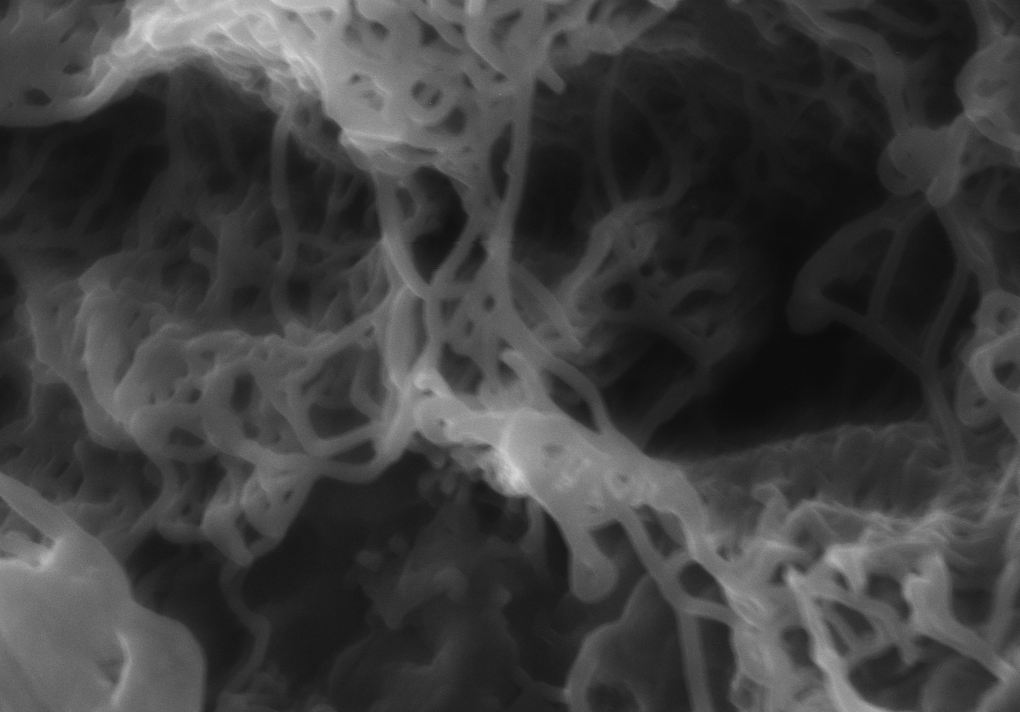
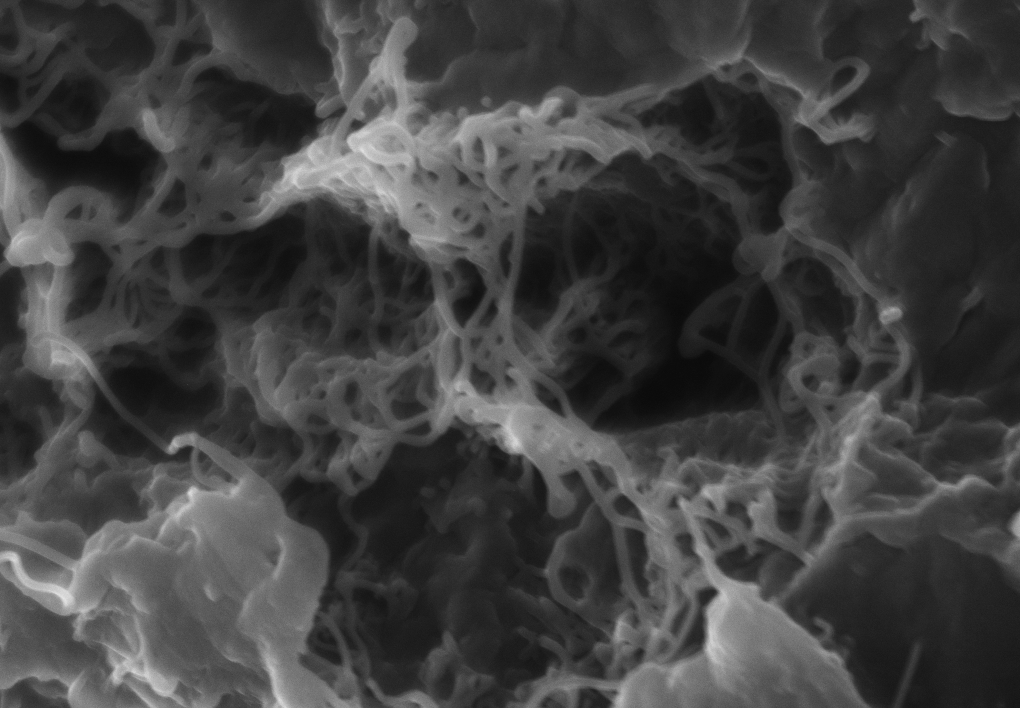
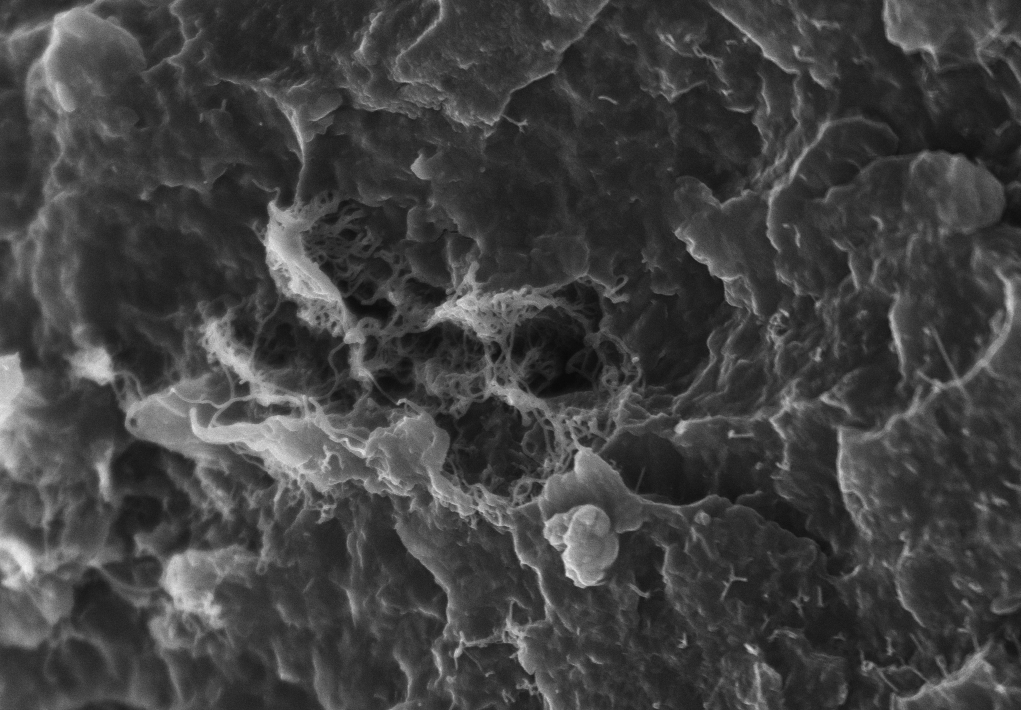
Versatile conductive additive for compounding of thermoplastic polyurethane (TPU), filled phenyl polysulfide (PPS), acrylonitrile-butadiene-styrene (ABS), polycarbonate (PC), PC-ABS, polyamide (PA), glass-fiber reinforced polyamide resin (GF PA).
To buy nanotube products, please contact us. Price depends on the required volumes.
Material system
Thermoplastic polyurethane (TPU), filled phenyl polysulfide (PPS), acrylonitrile-butadiene-styrene (ABS), polycarbonate (PC), PC-ABS, polyamide (PA), glass-fiber reinforced polyamide resin (GF PA)
Working dosage
0.5–5 wt.%
Сoncentrate carrier
Polyol ester
Shape
Pellets
Benefits
Electrical conductivity
Permanent and homogeneous electrical conductivity at low dosages
Mechanical properties
Maintained original key mechanical performance
Permanent characteristics
Resistivity is independent of humidity
Less rejection
Less rejected final parts
Cases
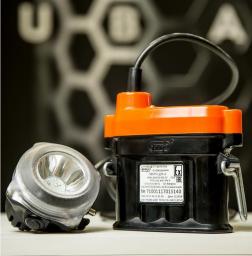
Signal lamps
click to view case
Documents
Also available in:
English
TUBALL MATRIX 808 ABS PROCESSING GUIDELLINES ENG V03.PDF
PDF204.8 kB
TUBALL MATRIX 808 GF PA6 PA6.6 PROCESSING GUIDE ENG V04.PDF
PDF204.8 kB
TDS TUBALL MATRIX 808 ENG V09.PDF
PDF102.4 kB
Video
How to grant conductivity to glass fiber reinforced polyamide: compounding guide
News
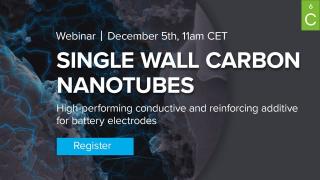
November 14
Join our webinar on December 5 and gain the latest technical insights on SWCNTs in today’s trending battery technologies. Nanotubes pave the way to long-lasting, silicon-rich (SiOx and SiC) anodes, enable record-thick LFP cathodes for energy storage systems (ESS) and EVs, make it possible to improve the tensile strength and reduce the amount of PTFE in this emerging tech, improve battery cycle life, and lower internal resistance, enabling high-performing electrodes, fast-charging graphite, and single-crystal NCM materials.
Register via the link:
https://events.zoom.us/ev/AsJM4aDgmkugi1bR5OFlW9jPyR92HdeOIMqzi5262YDKXEdDd-yY~ArXTE2RAoIF4YVW0EQis7V2Izp2uj8cK477DYBQAk7rDpL_OOCdeJ4LyYowcwinmRAfWiW8WJdtGvSSxUMkQACiPvQ
Learn more about nanotubes in batteries: https://tuball.com/nanotubes-for/high-performance-ev-batteries?utm_source=facebook&utm_medium=Battery+announcement+%232&utm_campaign=Nov+14%272023
#freewebinar #batteries #EV
Read on Facebook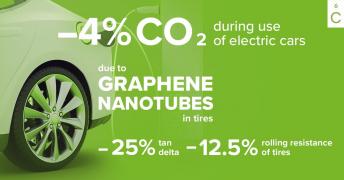
October 19
Graphene nanotubes in tire treads can reduce emissions from EV usage by 2–4%. How? Nanotubes add conductivity and make it possible to alter formulations to retain high elasticity in tire treads. This decreases tan delta at 60°C by 15–25%, consequently reducing the rolling resistance coefficient by about 7–12%. Ultimately, this results in 2–4% less emissions during EV usage.
Learn more on graphene nanotubes for elastomers: https://tuball.com/nanotubes-in/elastomers?utm_source=Facebook&utm_medium=GNT+emission+banner&utm_campaign=post+campaign_Oct+19
#EV #tires #emissions #sustainability
Read on Facebook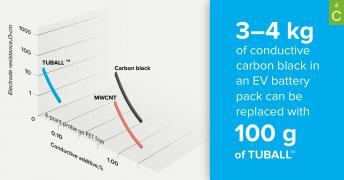
October 11
The performance improvements in Li-ion battery cathodes with graphene nanotubes are unmatchable with traditional conductive materials. 🔋 With less than 0.1% TUBALL graphene nanotubes(a concentration 10–60 times lower than is needed with multi wall carbon nanotubes or carbon black), higher energy density is achieved. Intrigued?
Discover more here: https://tuball.com/nanotubes-in/cathodes?utm_source=Facebook&utm_campaign=Post+campaign&utm_term=Oct+11
#Liion #batteries #cathodes #EV
Read on Facebook